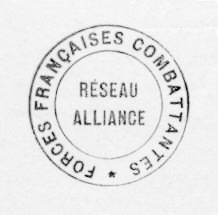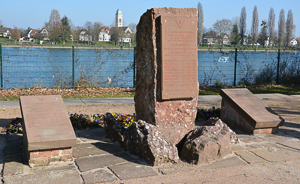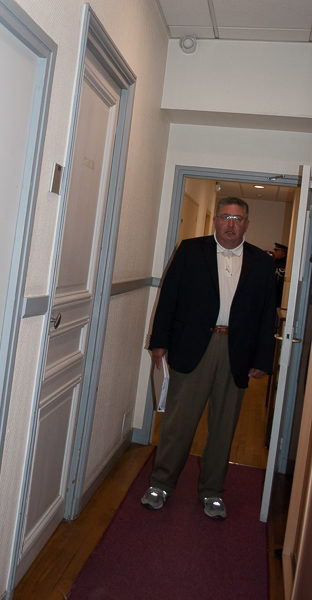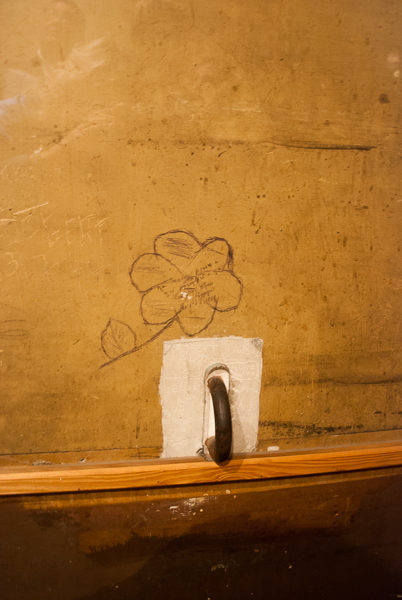
My attention is always drawn to stories about the brave members of the resistance movements who fought the Germans in their respective occupied countries. These men and women were always aware of their potential fatal outcomes if caught but largely ignored it to continue the fight for liberation. I’ve written in the past about some of these fighters including Nancy Wake (read here), the Boulloche sisters (read here), the Sussex Plan (read here), Rose Valland (read here), and the SOE—Special Operations Executive (read here).
Today, I’ll introduce you to the remarkable Hedgehog and the other animals of Noah’s Ark, one of the most successful résistance réseaux (resistance networks) operating in France during the German Occupation.
Did you Know?
Nazi concentration camp prisoners (i.e., those chosen for labor and not sent directly to the gas chambers) received a number tattooed on their arm. The misconception is that all camps tattooed their prisoners. That is not true. Only Auschwitz and two of its sub camps, Birkenau and Monowitz, practiced tattooing the prisoners. Learn more in our next blog, The Auschwitz Tattooist.
The French Resistance
Most people have the mistaken idea that the French resistance movement was a single organization comprised of men and women with the same motivation: identify and sabotage strategic German targets for the purpose of driving the occupiers out of France. It’s not that simple.

The French Resistance movement was largely comprised of hundreds of independent networks, each with its own set of politics, motivations, and specific purposes. These networks were Communist, apolitical, right-leaning, left-leaning, and Christian democratic. Resistance activity began to gain strength after Hitler attacked Soviet positions in eastern Poland on 22 June 1941 in violation of the terms of the Molotov-Ribbentrop Pact. Prior to the German attack, French communist resistance activities were not allowed by Moscow.
Eventually, Charles de Gaulle assigned Jean Moulin the task of uniting and organizing the various resistance networks. In May 1943, Moulin created the Conseil National de la Résistance (CNR) under which the primary networks would coordinate their activities with the Free French Forces of the Interior. Read More Noah’s Ark



